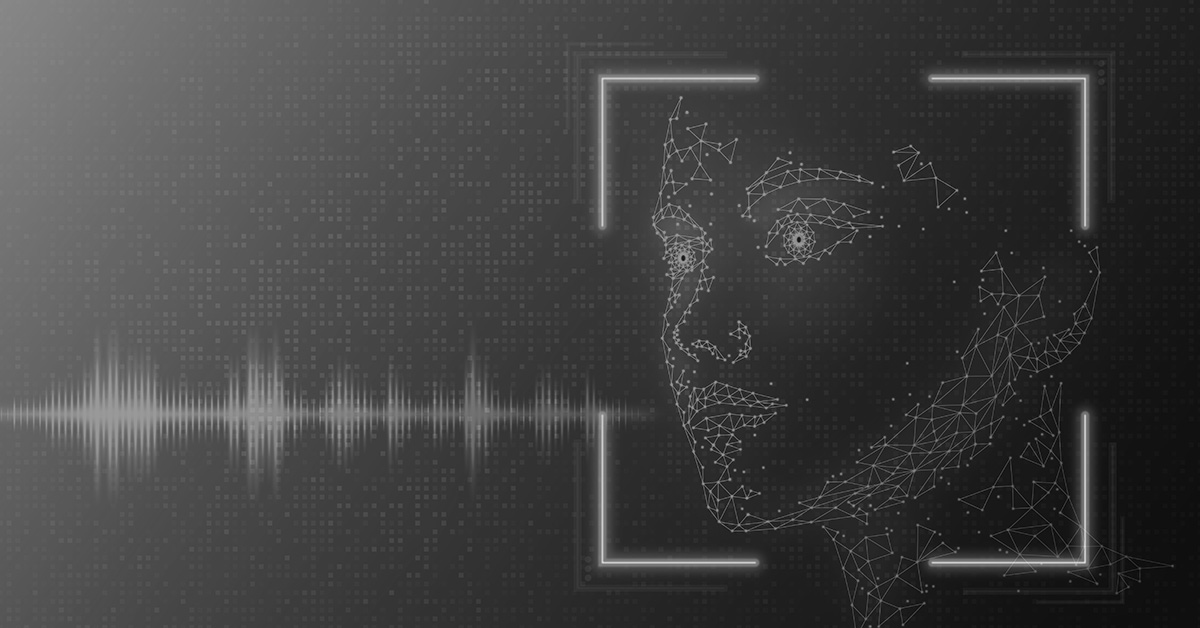[ad_1]
New analysis reveals a 704% enhance in deepfake “face swap” assaults from the primary to the second half of 2023.
A report from biometric agency iProov warns that “face-swapping” fraudsters are more and more utilizing off-the-shelf instruments to create manipulated photographs and movies.
iProov’s analysts are monitoring over 100 face swap apps and repositories, which means that there’s a broad number of low-cost, simply accessible generative AI instruments that may create extremely convincing deepfakes to trick people and a few distant identification verification options that do a “liveness” take a look at.
A “liveness” take a look at will usually ask a person to look right into a webcam, maybe turning their head back and forth, with a purpose to show that they’re each an actual individual and to check their look to identification paperwork.
Based on the report, essentially the most generally used face swap instruments by malicious actors are SwapFace, DeepFaceLive, and Swapstream.
Google Developments reveals a gentle enhance in searches for the instruments within the final yr.
The face-swapping software program can create a extremely convincing artificial video, which is fed to a digital digicam that mimics a real webcam. This tips a distant identification verification system into believing the topic’s “liveness” and trusting their identification.
Most face swap instruments provide a free tier, permitting customers to experiment with the expertise for free of charge. This has made the expertise extra enticing to malicious actors.
As deepfake expertise is adopted increasingly by identification fraudsters, an “arms race” will develop. Safety corporations will probably be battling to detect artificial media, and the dangerous guys will probably be trying to keep away from detection.
Editor’s Notice: The opinions expressed on this visitor writer article are solely these of the contributor and don’t essentially replicate these of Tripwire.
[ad_2]


